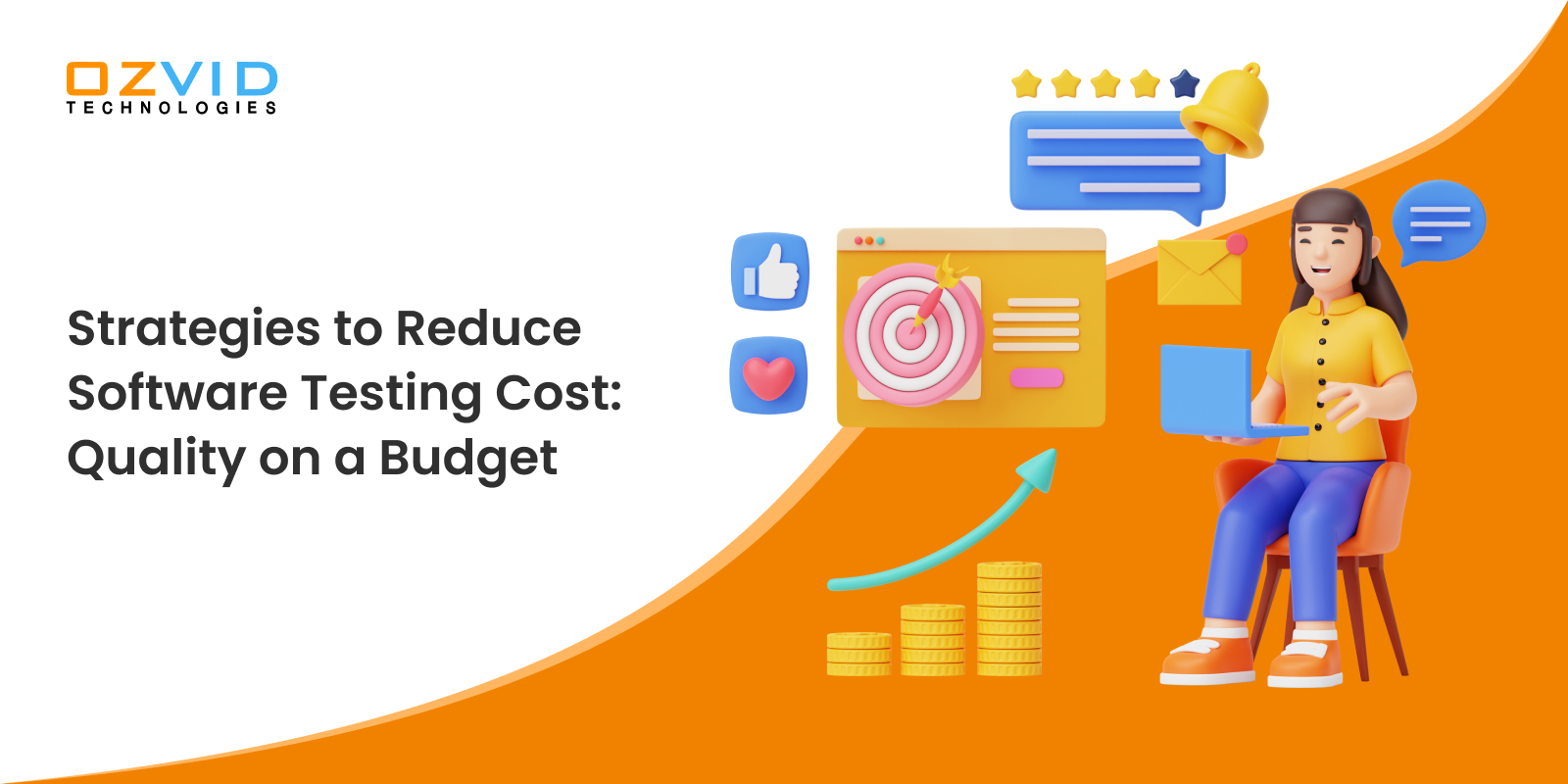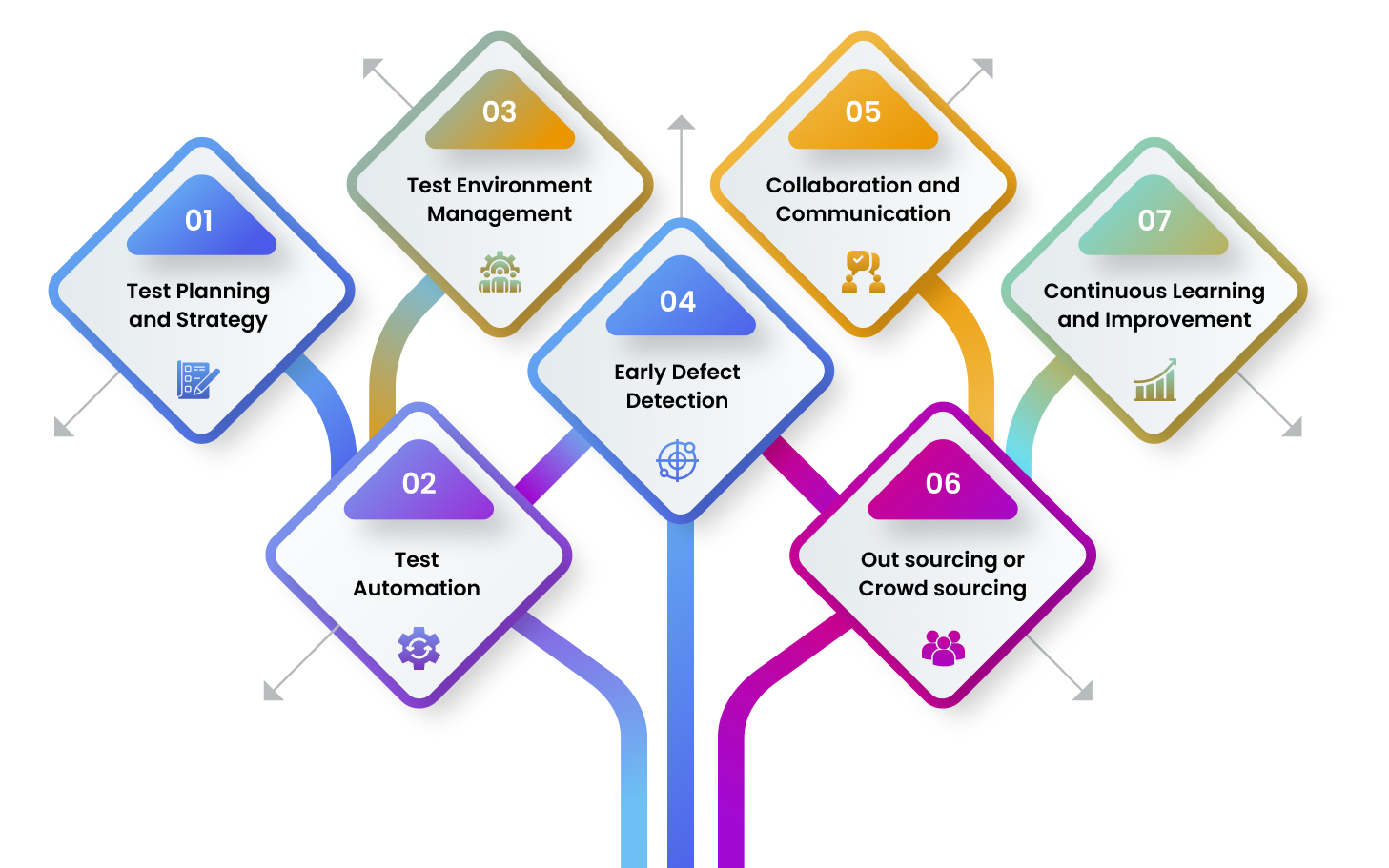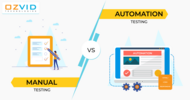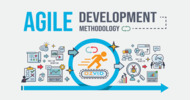- Mar 12, 2024
- Quality Assurance
- 7767
Share this post on:

Software testing is an essential part of the software development process, as it ensures that the software developed meets the required quality, functionality, and performance standards. In today's technology-driven world, software plays a critical role in almost every aspect of our lives, from mobile devices to complex systems used in various industries. As software becomes more sophisticated and interconnected, the need for thorough testing increases. However, it can also be a costly process, both in terms of time and resources.
Common Cost Drivers in Software Testing
Let us go deep into the article and learn about the most common cost drivers in software testing and provide insights into how they can be managed effectively.

Test Environment Setup and Maintenance: One of the major cost drivers in software testing is the setup and maintenance of the test environment. A test environment includes hardware, software, network configurations, and other infrastructure components required to execute tests. Setting up a test environment that closely resembles the production environment can be expensive, especially if it requires specialized hardware or software licenses. Additionally, maintaining the test environment by keeping it up-to-date with the latest versions of software and hardware can also incur significant costs.
Test Data Management: Test data management involves creating, maintaining, and managing test data sets that are used for executing tests. Test data covers various scenarios and edge cases to ensure comprehensive testing. Generating realistic and diverse test data can be time-consuming and costly. Organizations may need to invest in tools or resources to automate the generation of test data or acquire external datasets for specific testing requirements. Furthermore, managing and securing sensitive data can add additional costs to test data management.
Test Execution Effort: The actual execution of tests is another significant cost driver in software testing. The effort required to execute tests depends on factors such as the size and complexity of the application under test, the number of test cases, and the level of automation. Manual testing is generally more time-consuming and labor-intensive compared to automated testing. Automating tests can reduce execution effort in the long run but requires upfront investment in automation tools, frameworks, and skilled resources.
Defect Management: Defect management involves identifying, tracking, prioritizing, fixing, and retesting defects found during the testing process. The cost of defect management includes the effort spent on defect triage, communication with developers, retesting, and regression testing. The number and severity of defects found during testing can significantly impact the overall cost of software testing. Early detection and resolution of defects can help minimize costs by reducing rework and avoiding potential issues in production.
Test Documentation and Reporting: Documentation and reporting are essential aspects of software testing to ensure traceability, compliance, and knowledge transfer. Creating test plans, test cases, test scripts, and test reports requires time and effort from testers and test managers. Additionally, maintaining up-to-date documentation throughout the SDLC can be challenging but is crucial for effective collaboration and future reference. The cost of test documentation and reporting includes the resources allocated to these activities as well as any tools or systems used for documentation management.
Test Infrastructure and Tools: The availability and utilization of appropriate testing infrastructure and tools also contribute to the cost of software testing. Testing tools such as test management systems, defect tracking systems, performance testing tools, and automation frameworks can incur licensing costs or require ongoing maintenance fees. Moreover, organizations may need to invest in hardware resources like servers or virtual machines to support their testing efforts. The selection, implementation, and maintenance of these tools and infrastructure can significantly impact the overall cost of software testing.
Test Team Skills and Training: The skills and expertise of the test team members play a crucial role in the effectiveness and efficiency of software testing. Hiring skilled testers or investing in training programs to enhance their skills can be costly but essential for successful testing outcomes. Additionally, keeping up with emerging technologies, industry best practices, and new testing methodologies requires continuous learning and training efforts. Organizations that prioritize skill development within their test teams are more likely to achieve better results while managing costs effectively.
Test Coverage: Test coverage refers to the extent to which a system or application is tested. Comprehensive test coverage ensures that all critical functionalities, use cases, and scenarios are adequately tested. However, achieving high test coverage can be challenging and costly. It requires a thorough analysis of requirements, the identification of testable components, and the creation of appropriate test cases. The cost of achieving comprehensive test coverage depends on the complexity of the system, the number of test cases required, and the level of automation.
Software testing involves various cost drivers that organizations need to consider when planning their testing efforts. Test environment setup and maintenance, test data management, test execution effort, defect management, test documentation and reporting, test infrastructure, and tools, test team skills and training, and test coverage are some of the most common factors that contribute to the overall cost of software testing. By understanding these cost drivers and implementing effective strategies to manage them, organizations can optimize their testing budgets while ensuring the quality and reliability of their software products.
Ways to Reduce the Cost of Software Testing
Let us explore various strategies and best practices to help reduce the cost of software testing without compromising the quality of the final product.

Test Planning and Strategy: One of the most effective ways to reduce the cost of software testing is to have a well-defined test plan and strategy in place. This involves identifying the objectives, scope, and priorities of testing, as well as determining the appropriate level of testing required for each component or module of the software.
By carefully planning and strategizing the testing process, organizations can avoid unnecessary duplication of efforts and focus on areas that are critical to the functionality and performance of the software. This helps in optimizing resources and reducing overall testing costs.
Test Automation: Test automation is another key strategy that can significantly reduce the cost of software testing. Manual testing is time-consuming, labor-intensive, and prone to human errors. By automating repetitive and mundane test cases, organizations can save time, effort, and resources.
Automated tests can be executed repeatedly without any additional cost, allowing for faster feedback on software quality. Additionally, automated tests can be run simultaneously on multiple platforms and configurations, enabling comprehensive test coverage in a shorter span of time.
It is crucial to identify which tests are suitable for automation based on factors such as complexity, stability, and frequency of execution. A well-thought-out automation strategy can yield significant cost savings in the long run.
Test Environment Management: Managing test environments efficiently is another critical factor in reducing software testing costs. Test environments include hardware, software, network configurations, databases, and other dependencies required for testing.
Organizations should invest in creating a standardized and scalable test environment that can be easily replicated. This helps reduce the time and effort required to set up and configure test environments for different projects or releases.
Additionally, organizations can leverage cloud-based infrastructure and virtualization technologies to further optimize test environment management. Cloud-based solutions provide on-demand access to scalable resources, eliminating the need for expensive hardware infrastructure.
Early Defect Detection: Detecting and fixing defects early in the software development process can significantly reduce the cost of testing. The later a bug is identified, the more expensive it becomes to fix it.
To achieve early bug detection, organizations should adopt practices such as continuous integration (CI) and continuous testing (CT). CI involves integrating code changes frequently and running automated tests to identify any issues early on. CT focuses on running tests continuously throughout the development process, providing immediate feedback on the quality of the software.
By catching defects early, organizations can avoid costly rework and ensure that the software meets the desired quality standards.
Collaboration and Communication: Effective collaboration and communication among all stakeholders involved in the software development process can help reduce testing costs. Clear communication of requirements, expectations, and priorities ensures that everyone is aligned and working towards a common goal.
Regular meetings, discussions, and feedback sessions between developers, testers, business analysts, and other stakeholders can help identify potential issues early on and resolve them before they become costly problems.
Collaboration tools and platforms can also facilitate seamless communication among distributed teams, ensuring that everyone has access to the latest information and updates.
Outsourcing or Crowdsourcing: Outsourcing or crowdsourcing software testing can be a cost-effective option for organizations, especially when they lack in-house expertise or resources. By leveraging external testing teams or platforms, organizations can tap into a global pool of skilled testers at a fraction of the cost of maintaining an in-house team.
However, it is crucial to carefully evaluate and select the right outsourcing or crowdsourcing partner to ensure quality and reliability. Clear communication, well-defined requirements, and proper documentation are crucial for successful outsourcing or crowdsourcing engagements.
Continuous Learning and Improvement: Continuous learning and improvement are essential for reducing software testing costs in the long run. Organizations should invest in training and upskilling their testing teams to stay updated with the latest tools, technologies, and best practices in the industry.
Conclusion :-
Reducing the cost of software testing can be achieved through various methods. By implementing the above-discussed strategies, organizations can significantly reduce labor and infrastructure costs associated with software testing without compromising on quality. It is important to note that while cost reduction is a key objective, it should not come at the expense of quality. Therefore, it's essential to strike a balance between cost savings and quality assurance. By adopting efficient testing methods and tools, organizations can achieve both objectives simultaneously.
Moreover, it's crucial to recognize that software testing is an ongoing process, and cost reduction should be a long-term goal. Organizations should continually monitor their testing processes and look for opportunities to optimize and streamline them. By doing so, they can sustainably reduce the cost of software testing while maintaining high-quality software products.
So, if you are looking for the most robust Automate Testing Services, OZVID is the right choice for you. It is one of the best-known companies on the market and has helped numerous businesses do better. Feel free to to learn more.











